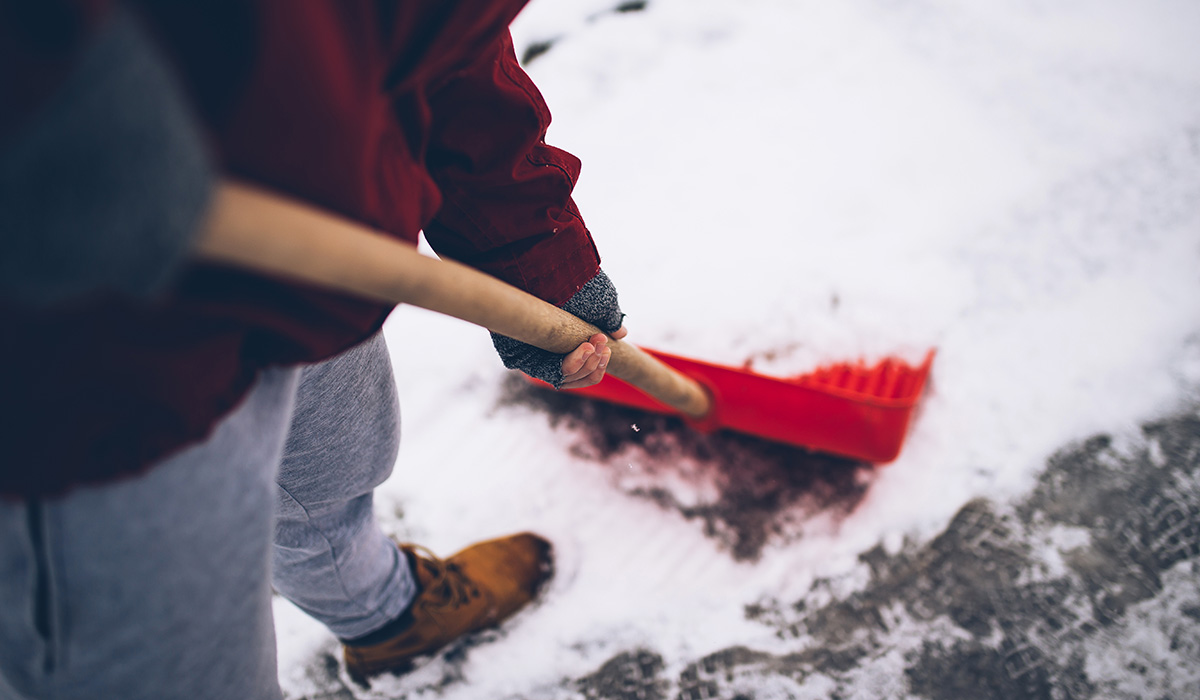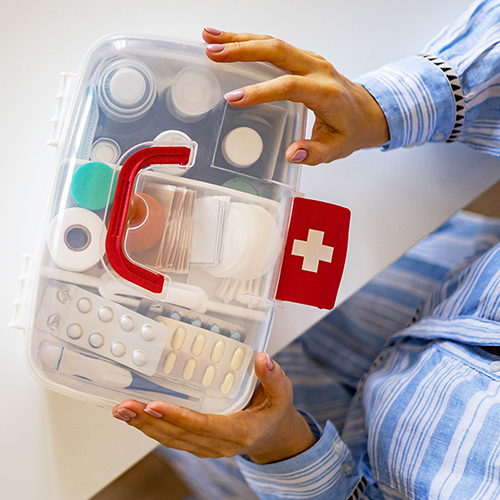May 2017
While we all want to stay healthy with regular outdoor exercise, and many of us do outdoor chores, it just makes sense to take extra care during extreme weather. What constitutes extreme cold and its effects can vary across different areas of the country. In regions relatively unaccustomed to winter weather, near freezing temperatures are considered “extreme cold.” Whenever temperatures drop decidedly below normal and as wind speed increases, heat can leave your body more rapidly. These weather-related conditions may lead to serious health problems. Extreme cold is a dangerous situation that can bring on health emergencies in susceptible people. Be sure to dress warmly and stay dry when doing outdoor activities.
Be sure to wear:
- a hat
- a scarf or knit mask to cover face and mouth
- sleeves that are snug at the wrist
- mittens (they are warmer than gloves)
- water-resistant coat and boots
- several layers of loose-fitting clothing
Be sure the outer layer of your clothing is tightly woven, preferably wind resistant, to reduce body-heat loss caused by wind. Wool, silk or polypropylene inner layers of clothing will hold more body heat than cotton. Stay dry.
Wet clothing chills the body rapidly. Excess perspiration will increase heat loss, so remove extra layers of clothing whenever you feel too warm. Do not ignore shivering. It’s an important first sign that the body is losing heat. Persistent shivering is a signal to return indoors.
Cold weather puts an extra strain on the heart. If you have heart disease or high blood pressure, follow your doctor’s advice about shoveling snow or performing other hard work or exercise in the cold. Otherwise, if you have to do heavy outdoor chores, dress warmly and work slowly. Remember, your body is already working hard just to stay warm, so don’t overdo it.
Source: Centers for Disease Control and Prevention



